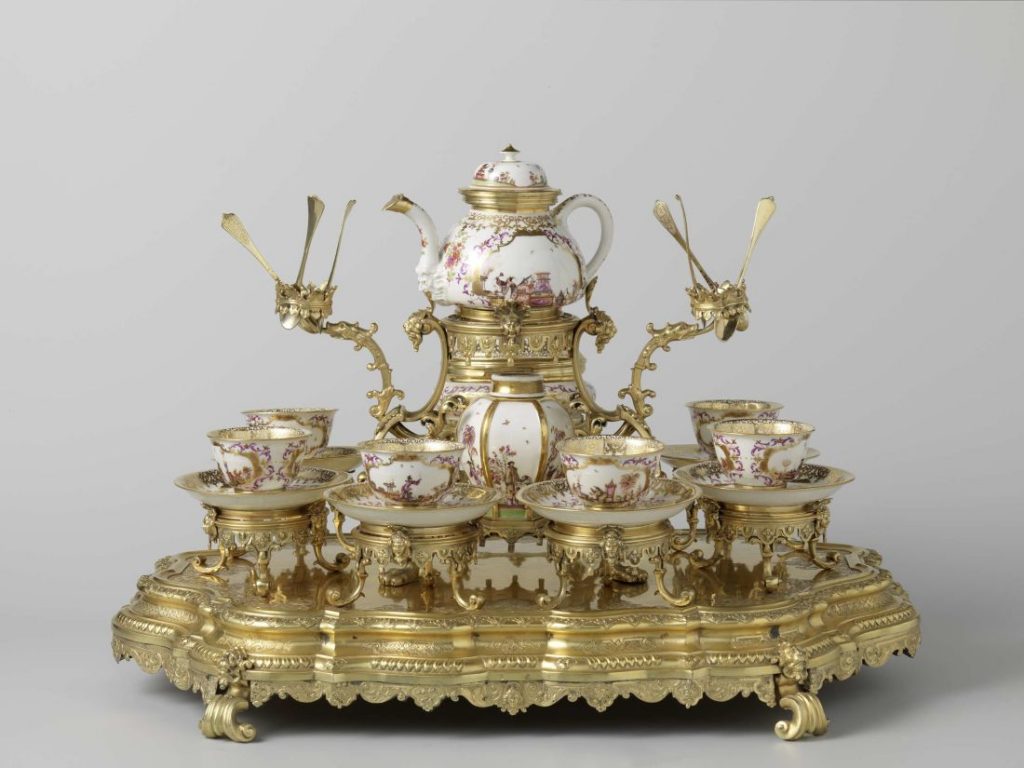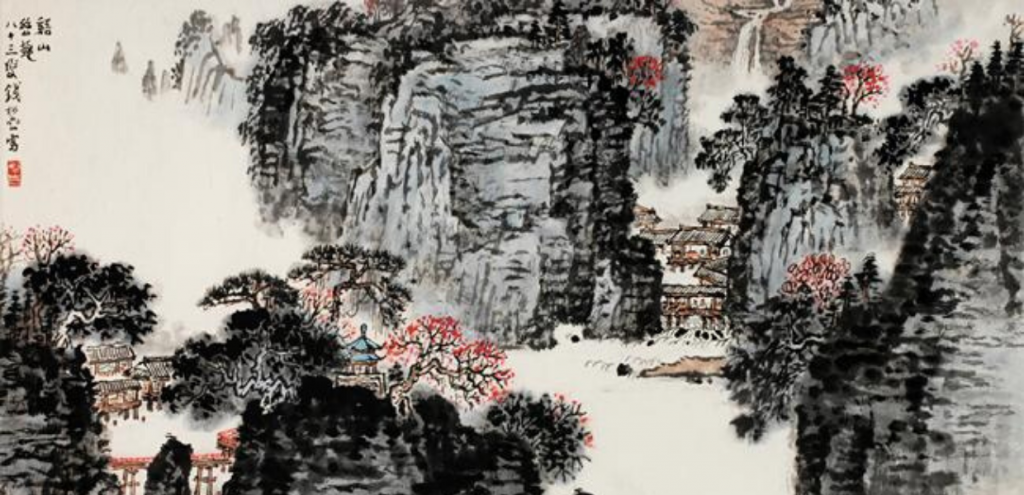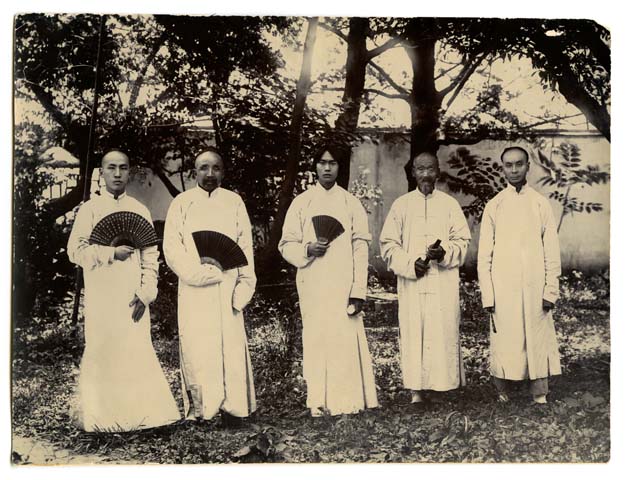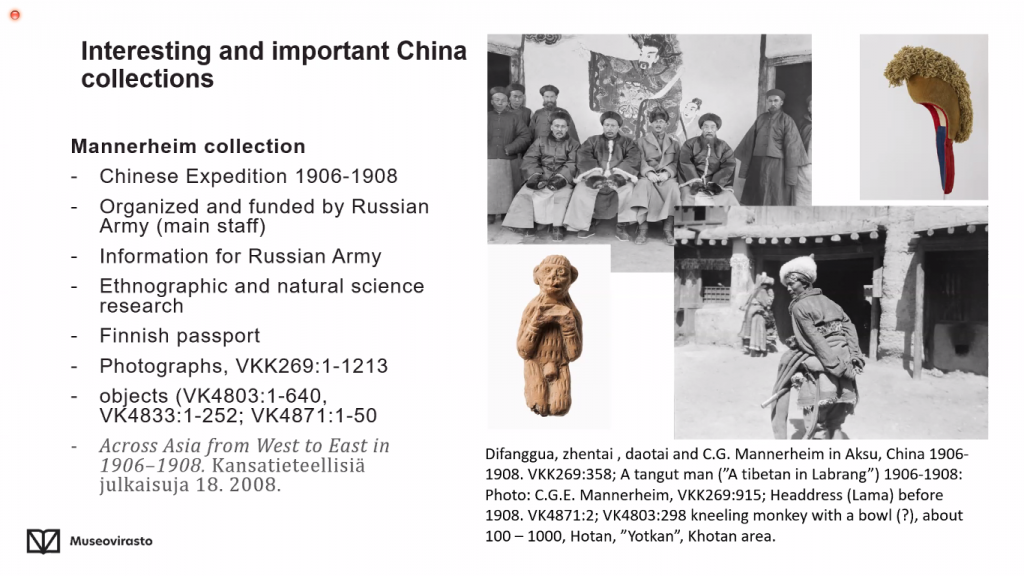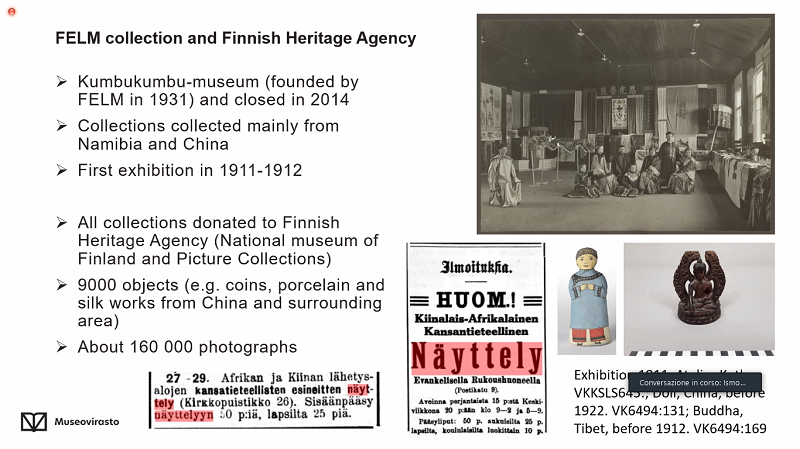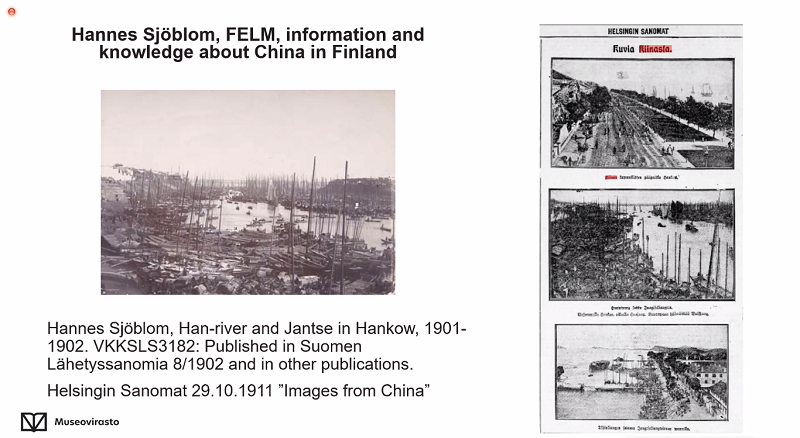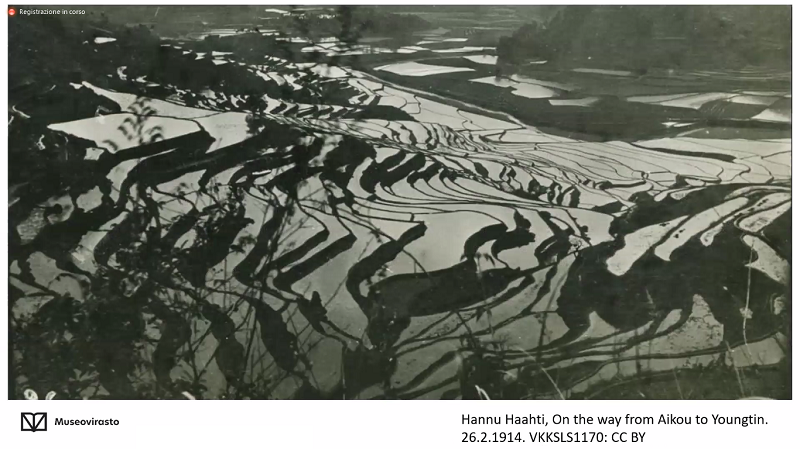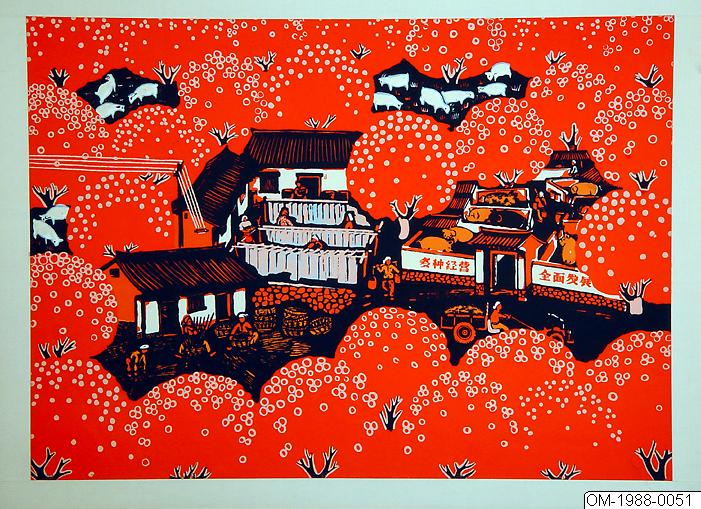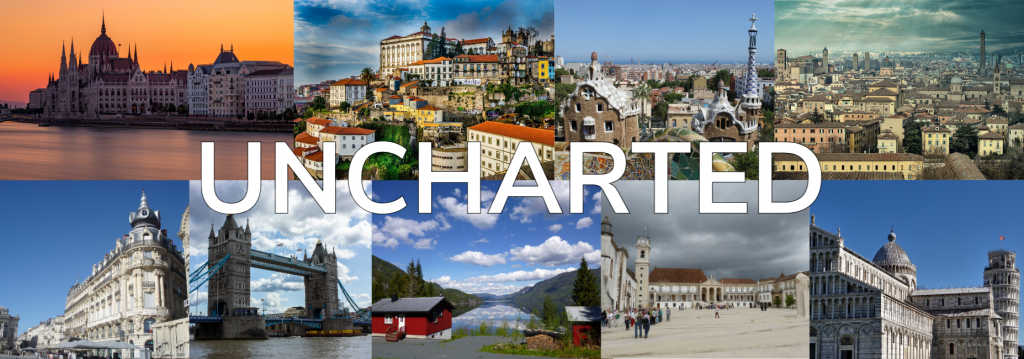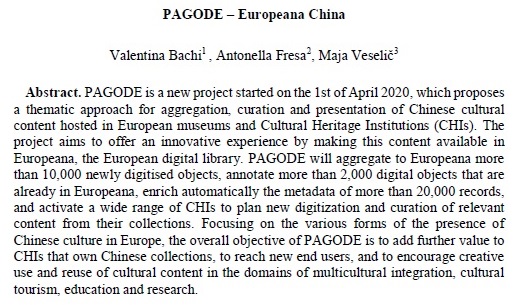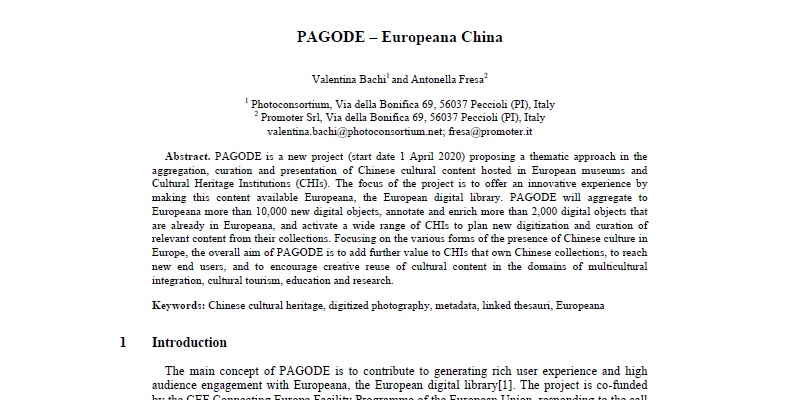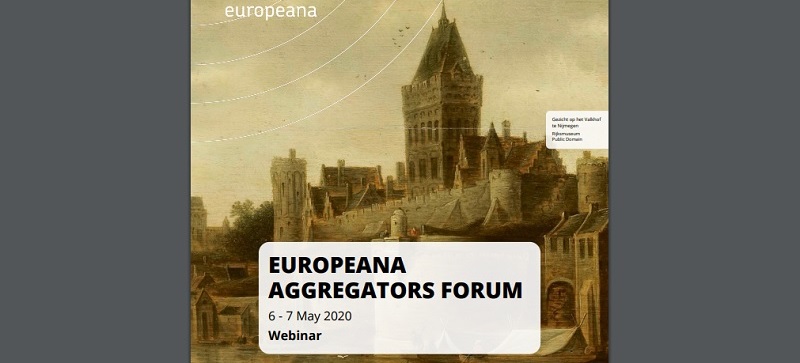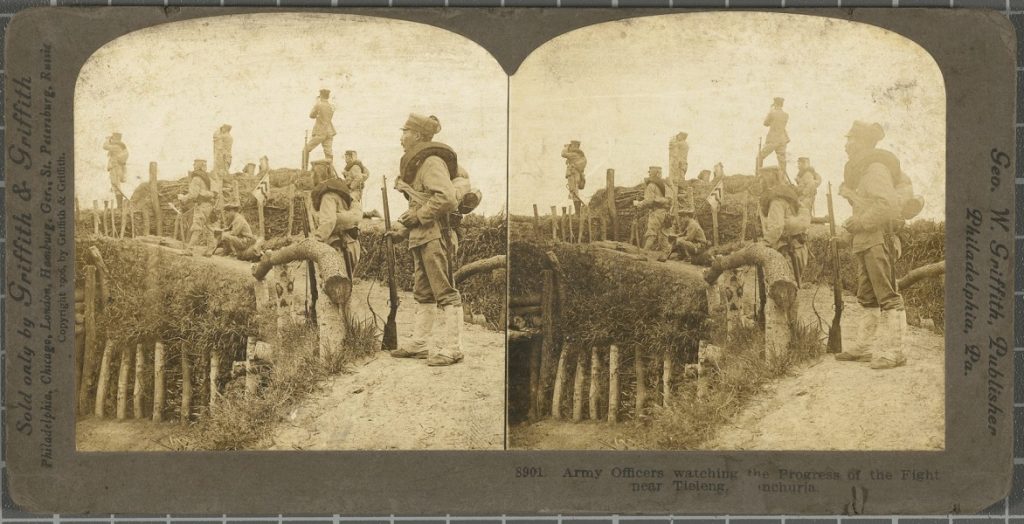PHOTOCONSORTIUM, International Consortium for Photographic Heritage, and EUROPEANA, the European Commission’s digital platform for cultural heritage are proud to present a prime accomplishment of PAGODE – Europeana China. This project, aimed at creating a dedicated thematic space that highlights and celebrates Chinese heritage in Europe, officially launches a feature page on April 4th, showcasing a variety of Chinese and China-related cultural heritage items and resources from European cultural institutions such as museums, libraries and photographic archives.
“International exchanges have been and are still at the basis of the evolution of our society. In particular, this is true in the relationships between Europe and China. While goods are moving and determining the economic values of these exchanges, people move with their ideas and cultures. Mutual understanding and acknowledging the value of the variety of cultural heritage in the world is key to support the creation of healthy spaces for business development.” says dr. Mauro Fazio, Italian Ministry of Economic Development, the PAGODE project coordinator. “Digitisation, curation and access to digital treasures of Chinese heritage held in European institutions, as the main objectives of this project, are expected to contribute to the process of digital transformation in the light of a more inclusive, equal and global growth.”
Jolan Wuyts, Collections Editor at Europeana: “In Europeana we have the opportunity to highlight collections that can be otherwise underrepresented, showcasing Chinese Heritage in European collections is one of those opportunities. The PAGODE project enables users to dive into Chinese heritage collections while at the same time being guided by important context and curation from PAGODE project partners. Collecting these editorials in a single feature page allows Europeana to give a platform to PAGODE’s curation efforts and other editorial on Chinese heritage in one place.”
VISIT THE NEW THEMATIC SPACE
Themed galleries, blog posts and curated digital content will guide visitors through this online treasure trove. Image by image, story by story, visitors can immerse themselves in the rich narratives of two worlds that have been meeting and mixing for centuries. The feature page will offer ample opportunity for discovering the stories of Empress Cixi, of the mandarin duck, of the Chinese junk, and exploring thousands of curiosities and stunning images of Chinese heritage in Europe. To be added to the page in September 2021 is a virtual exhibition of Chinese heritage and art in Europe.
Explore: https://www.europeana.eu/en/chinese-heritage
img. Peasant Paintings from Huhsien Country, Peking 1976, 55. CC-BY Bai Tianxue, Östasiatiska museet via Europeana
PAGODE – Europeana China is co-financed by the Connecting Europe Facility Programme of the European Union, under GA n. INEA/CEF/ICT/A2019/1931839

